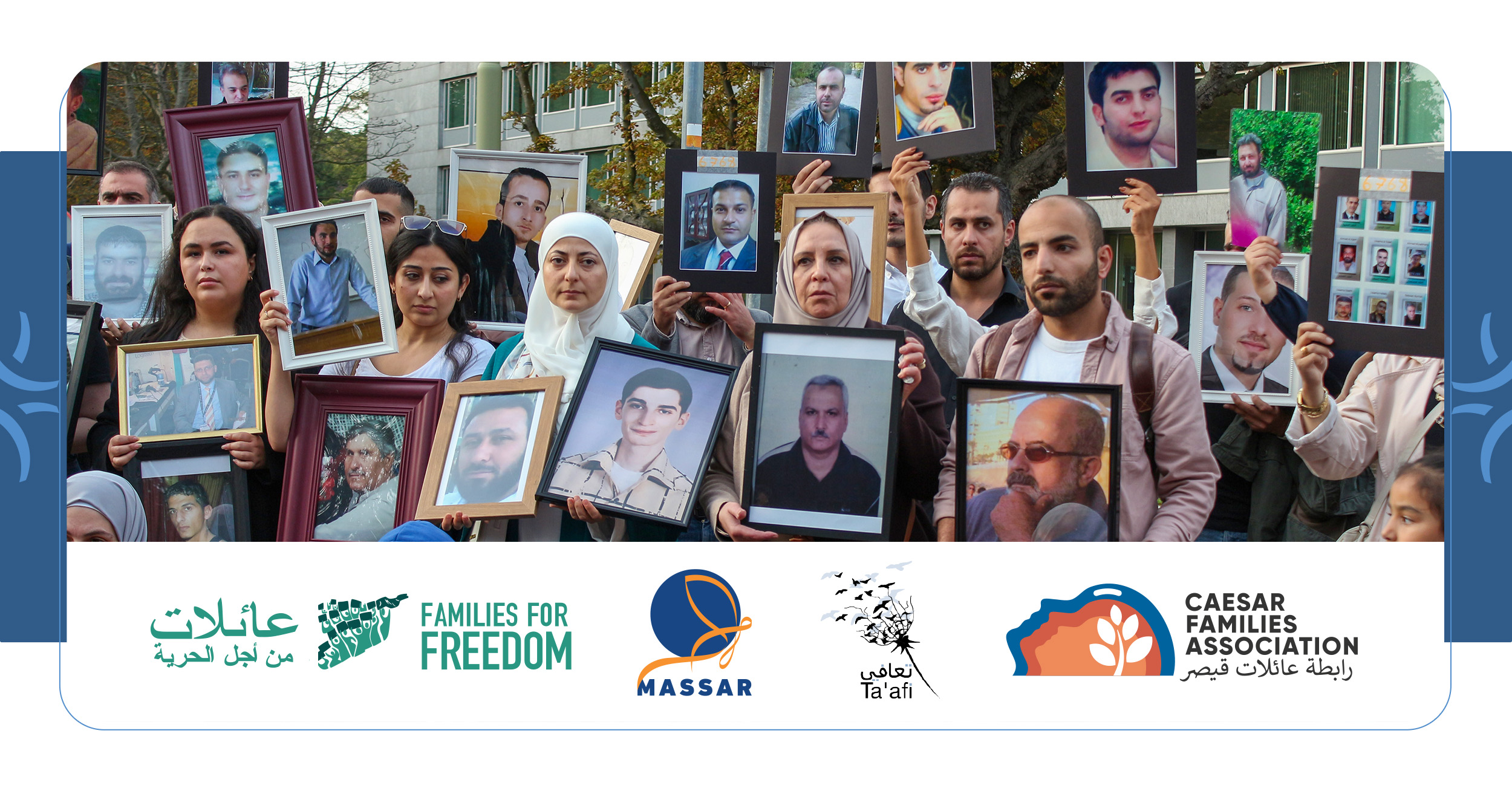Six years after the Arab Spring rocked many parts of the Middle East, the region continues to feel ramifications from this turbulent period.
The pioneering work conducted by Andy Carvin during this time ushered in a new era of social media newsgathering, with Carvin notably harnessing Twitter as a source to identify, share and verify stories in a breaking news environment.
Social media, of course, was seen as playing a key role on the ground as well as in the newsroom. The extent of this remains open to debate — perspectives range from Malcolm Gladwell’s “Small change – why the revolution will not be tweeted” to John Pollock’s “Streetbook – how Egyptian and Tunisian youth hacked the Arab Spring” and Clay Shirky’s essay on “Technology, the public sphere, and political change” — but what is clear is that six years on, social media’s importance on the media and communications landscape in the Middle East is greater than ever.
Here are five key trends that journalists and news organizations working in the region need to consider:
1. Facebook is too big to ignore
This may seem pretty obvious, but the number of active monthly users to the world’s largest social network has tripled in the Middle East since 2012. Across the region, Facebook now has 136 million monthly users. In a region of more than 300 million people, this leaves plenty of room for growth, too.
Aside from its primary product, data from Northwestern University in Qatar found that among Arab nationals, WhatsApp is the most popular direct messaging service in the region.
2. Usage of visual platforms is growing fast
Alongside this, another Facebook-owned service — Instagram — now has more users than Twitter, according to a survey of internet users (nationals only) in Egypt, Lebanon, Saudi Arabia, Tunisia and United Arab Emirates.
The global Connected Life study, published by the research agency Kantar TNS, highlighted that both Instagram and Snapchat are growing rapidly in the major Gulf markets of Saudi Arabia and UAE.
Among internet users, Instagram in UAE grew from 38 percent in 2014 to 60 percent in 2016, and from 57 percent to 82 percent in Saudi Arabia. Snapchat, meanwhile, grew from 24 percent to 74 percent in Saudi Arabia during 2014 and 2016, and from 15 percent to 53 percent in UAE.
To put this growth of visual-led social networks in context, Snapchat — the ephemeral messaging network — grew globally from 12 percent to 24 percent of internet users between 2014 and 2016, whilst Instagram’s reach was up from 24 percent to 42 percent.
3. The Middle East loves video
The Middle East and North Africa (MENA) is the fastest-growing consumer of videos on Facebook, watching twice the global average; the region also has the world’s second-highest online video viewership, second to only the United States.
The video functionality found in fast-growing social networks like Snapchat and Instagram feeds into this trend, while YouTube is also seeking to double-down on MENA’s video fixation. Its mobile app now allows users in Egypt, Jordan, Libya, Yemen and Algeria to view content offline, thus minimizing expensive data use.
4. The mobile experience is paramount
Many of these social media experiences have mobile at their heart. Among MENA’s 136 million Facebook users, 93 percent access it via mobile.
As far back as 2013, 50 percent of YouTube views in Saudi Arabia, and 40 percent in UAE, came from mobile devices. And lest we forget, popular services like WhatsApp, Snapchat and Instagram are already mobile-first — or mobile-only.
Looking to the future, the GSMA predicts the total number of smartphone connections in the region will grow by 117 million to 327 million. Fifteen years ago, the Middle East and North Africa had only 19 million total mobile connections.
5. Navigating privacy concerns and other restrictions
Governments and regulators in the region continue to enjoy an uneasy relationship with digital technologies. In 2016, services were restricted on a temporary, or permanent, basis across the region. This included blocks of multiple services in Turkey during March, July and November. Saudi Arabia added calls from the app Line to its list of blocked services in September, while a few months earlier UAE issued a new law banning the use of virtual private networks.
Given this, it’s no wonder, as Northwestern University in Qatar reported, “nearly seven in 10 national internet users say they changed how they use social media due to privacy concerns.”
Journalists and news organizations need to recognize that this will impact newsgathering and distribution, so we can expect to see continued interest in encrypted services like Telegram, WhatsApp, and the alleged favorite of White House staffers, Confide.
This desire for greater privacy, coupled with the primacy of mobile and social video and the importance of Facebook’s portfolio of social media services, needs to be at the heart of any effective social media strategy in the Middle East for the foreseeable future.
* Damian Radcliffe is the Carolyn S. Chambers Professor in Journalism at the University of Oregon, a Fellow at the Tow Center for Digital Journalism at Columbia University and an Honorary Research Fellow at Cardiff University.





